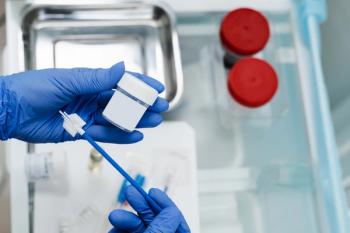
Child’s Brain Activity Can Reveal Strength of Working Memory
Working memory development plateaus in the mid-to-late teens and can begin to decline after age 40.
A child’s unique brain activity could reveal how good their memory is, according to a new study published in the Journal of Neuroscience.
Working memory is a foundational cognitive ability that changes over time and is different across individuals. Working memory develops rapidly over the first few years of life and improves during childhood. Working memory development plateaus in the mid-to-late teens and begins to decline between 40 and 50 years of age, according to the study. Development and decline are also not uniform across individuals, with a variety of factors determining working memory.
The researchers evaluated data from 11,537 individuals from 9-11 years of age sourced from the Adolescent Brain Cognitive Development Study. Using the data, researchers established associations between working memory, cognitive abilities, and functional MRI activation.
Researchers found a positive association between working memory, language abilities, and fluid intelligence. Children with stronger working memory showed better results on tests of episodic memory, short-term memory, and high-and-low-load working memory.
“Despite these limitations, the current results provide the most well powered characterization of relationships between working memory, cognitive and attentional processes, and task-based fMRI activation in development to date. Overall, they replicate established findings that children with stronger working memory function perform better on a variety of cognitive tasks, particularly those assessing other aspects of memory, language skills, and fluid intelligence” the study authors wrote.
According to the study, future research can help evaluate practical or applied significance through testing whether models based on task activation patterns can predict real-world outcomes, such as academic performance or changes in performance overtime.
Reference:
Rosenberg, Monica, et. Al “Behavioral and neural signatures of working memory in childhood” (study) Chicago, IL, July 2020, The Journal of Neuroscience, accessed July 21, 2020
Newsletter
Stay informed on drug updates, treatment guidelines, and pharmacy practice trends—subscribe to Pharmacy Times for weekly clinical insights.




















































































































































































































